Maximizing Your Harvest: Succession Planting in Container Gardens
/If you love growing your own food but feel like you should be getting more from your harvest, succession planting may be the answer. Succession planting is a gardening technique that involves planting different crops in the same space throughout the growing season to maximize your harvest. This method is particularly useful for container gardens, where space may be limited but getting a continuous harvest over time is important.
By carefully planning your plantings and timing them correctly, you can ensure a supply of fresh produce from your containers throughout the growing season. In this article, we will discuss the benefits of succession planting in container gardens, provide tips for planning and implementing a succession planting schedule, and offer suggestions for crops that work well with this technique.
Container gardens present unique opportunities and challenges
Container gardens, by nature, present unique opportunities and challenges when it comes to succession planting. One of the main benefits of container gardening is the ability to grow a variety of crops in a small space, making it ideal for those with limited outdoor space or no access to a traditional garden plot. Succession planting can help maximize this limited space by allowing you to harvest multiple crops from the same container throughout the growing season.
However, container gardens also have limitations that need to be taken into consideration when planning for succession planting. Containers may dry out more quickly than traditional garden beds, meaning you may need to water more frequently. Additionally, containers can become crowded easily, so it's important to choose crops that are compatible with each other and won't compete for space or nutrients.
Types of succession planting
There are several different types of succession planting techniques that you can use in your garden to ensure a continuous harvest throughout the growing season. Here are a few examples:
1. Sequential Planting: This type of succession planting involves planting the same crop at regular intervals to stagger the harvest dates. For example, you could plant lettuce every two weeks so that you have a continuous supply throughout the season.
2. Interplanting: This technique involves planting different crops together in the same container or garden bed to maximize space and reduce competition. For example, you could plant lettuce alongside tomatoes or peppers to make use of the vertical space in a container garden.
3. Succession Sowing: This method involves sowing seeds at different times to ensure a continuous harvest. For example , you could sow a row of carrots, then follow up with another row a few weeks later to ensure a steady supply throughout the season.
Planning and implementing a succession planting schedule
To successfully implement succession planting in your container garden, it's important to carefully plan out your planting schedule. Start by making a list of the crops you want to grow and their expected harvest times. Consider factors such as the length of the growing season in your area, the mature size of each plant, and how quickly each crop will reach maturity. Afterwrds, create a planting calendar that outlines when each crop should be planted and harvested. Consider factors such as the length of the growing season in your area and the specific requirements of each plant.
When planning your succession planting schedule, be sure to stagger the planting dates of each crop to ensure a continuous harvest throughout the season. For example, you could plant fast-growing crops like radishes or lettuce early in the season, followed by slower-growing crops like tomatoes or peppers. Be sure to also take into account the space requirements of each crop and plan accordingly to avoid overcrowding.
In terms of implementing your succession planting schedule, be sure to keep track of when each crop was planted and harvested. This will help you stay organized and ensure that you are planting new crops at the appropriate times. Additionally, be vigilant about monitoring your container garden for signs of overcrowding, nutrient deficiencies, or pests. Regularly check on your plants and make adjustments as needed to ensure a healthy and productive garden.
Successful methods for succession planting
Using efficient planting methods is essential for achieving success in succession planting in container gardens. It can make the difference between growing plants that struggle to produce an adequate harvest and growing a container garden full of healthy, thriving plants that produce nutritious harvests. Here are three important methods to consider:
The Fundamentals: containers, planning, and timing
1. Container Selection: When choosing containers for your garden, opt for ones that are large enough to accommodate the root systems of multiple crops. Select larger containers that can accommodate multiple crops and that have good drainage to prevent waterlogging. On this last point, you may want to consider using self-watering containers or adding a drip irrigation system to ensure consistent moisture levels.
2. Planning: Plan your container succession planting schedule according to the compatibility of plants. Some plants make great companions while others can inhibit the growth of their container mates, compete with nutrients, dominate the space, or attract the same harmful insects. Using a companion planting chart will help yo figure out which plants are compatible with each other and which should not be planted together.
3. Timing: one of the main keys to successful succession planting is timing when you interplant each crop. If you're planting everything at the same time, some plants will dominate the container space while others will struggle to become established. Consider the final size and growth rate of different plants, as well as the ways in which they'll interact with each other. For example, if you're using the 3 sisters method of interplanting corn, squash and beans, the corn should be planted first in the middle of the container. When the corn reaches 4-6 inches tall, plant pole beans: 3-4 seeds to each stalk of corn, with each bean seed spaced in a circle around 2-3 inches from the corn. At the same time, plant the squash close to the edge of the container. Only one can be grown in the pot, but you can start with 4 seeds and thin to the strongest one.
Grow plants that mature at different rates
Along with timing, you should consider growing plants with staggered maturity rates for efficient succession planting. This means you'll select crops that have different growth rates and plant them in a way that allows you to harvest them at different times throughout the season.
For example, for cool-season sowing, you could plant a quick-growing crop like arugula or spinach alongside a slower-growing crop like broccoli or cauliflower. This way, you can start harvesting the fast-growing crop while waiting for the slower-growing crop to reach maturity. This maximizes your harvest potential and ensures a continuous supply of fresh produce throughout the growing season.
Another option is to plant quick-maturing crops in between rows of slower-maturing crops. For example, you could plant radishes in between rows of carrots or beets. The radishes will mature quickly and be ready to harvest in a few weeks, while the carrots or beets continue to grow at a slower pace.
Know when it's time to pull the plant
Sometimes, you may be tempted to keep a plant growing even though the point is to have a bountiful harvest! Knowing when to pull a plant is an important aspect of successful succession gardening. While it can be tempting to keep a crop going long past its peak productivity, there comes a time when it is best to let go and make room for something new. This not only allows you to rotate in new crops throughout the season but more importantly, helps prevent the spread of diseases and pests that may linger in the soil. If you have new seedlings growign alongside mature plants, pulling the mature plants also allows the new seedlings to begin growing at a much faster rate.
The Best kinds of plants for succession planting
It's important to keep in mind that not all crops are suitable for succession planting. Certain crops may need your entire growing season to mature (such as pumpkins and large tomatoes), while others are such heavy feeders that the soil must be replenished every time you pull the plant in order to reap a healthy harvest. Thus, it's important to understand which plants are best suited for succession planting and which ones need to be removed once they have passed the peak of their maturity.
When it comes to choosing the best types of plants for succession planting, fast-growing varieties are key. Leafy greens like lettuce, spinach, and kale can be sown every few weeks to ensure a steady supply of fresh salad greens. Root crops like radishes and carrots also work well for succession planting, as they mature relatively quickly (althugh some varieties of carrot seed may take up to 3 weeks to germinate).
Annual herbs like cilantro, dill, and basil are also great candidates for succession planting. They can be harvested multiple times throughout the season if you keep sowing new seeds. Legumes such as beans and peas are another good option for succession planting, as they can help improve soil health through nitrogen fixation. If you have a long warm season, cucumbers are a good choice for succession planting too. When you plant these herbs and vegetables every few weeks, you'll be able to enjoy a prolonged harvest all summer long.
Time to succession plant!
Succession planting is a great way to maximize the productivity of your container garden throughout the growing season. By continuously planting new seeds as soon as space becomes available, you are ensuring a steady supply of fresh produce for your kitchen. It's a simple concept that can have a big impact on your gardening success, allowing you to enjoy weekly harvests of your favorite vegetables and herbs.
Not only does succession planting keep your garden productive, but it also keeps you engaged and motivated to tend to your plants regularly. The anticipation of harvesting something new each week can be incredibly rewarding and satisfying. It also allows you to experiment with different varieties and try new plants without having to wait until next year's growing season. So, if you want a bountiful harvest from your garden all season long, it's time to embrace succession planting and enjoy the fruits (and vegetables) of your labor.
Want to make your succession planting a little easier to plan and execute? Try our succession planting guide and chart, available in our Etsy shop. Click the image below to get your copy.












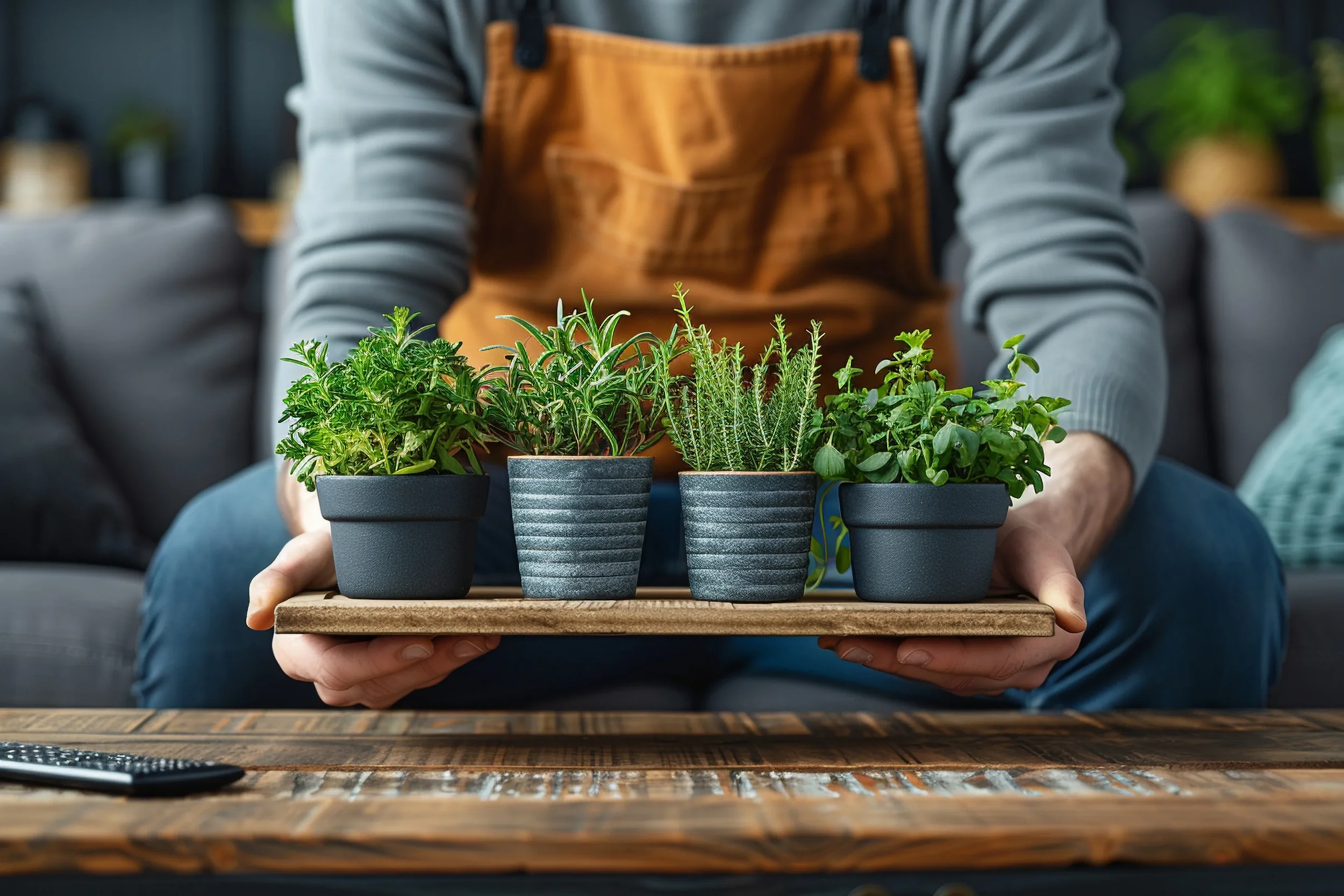







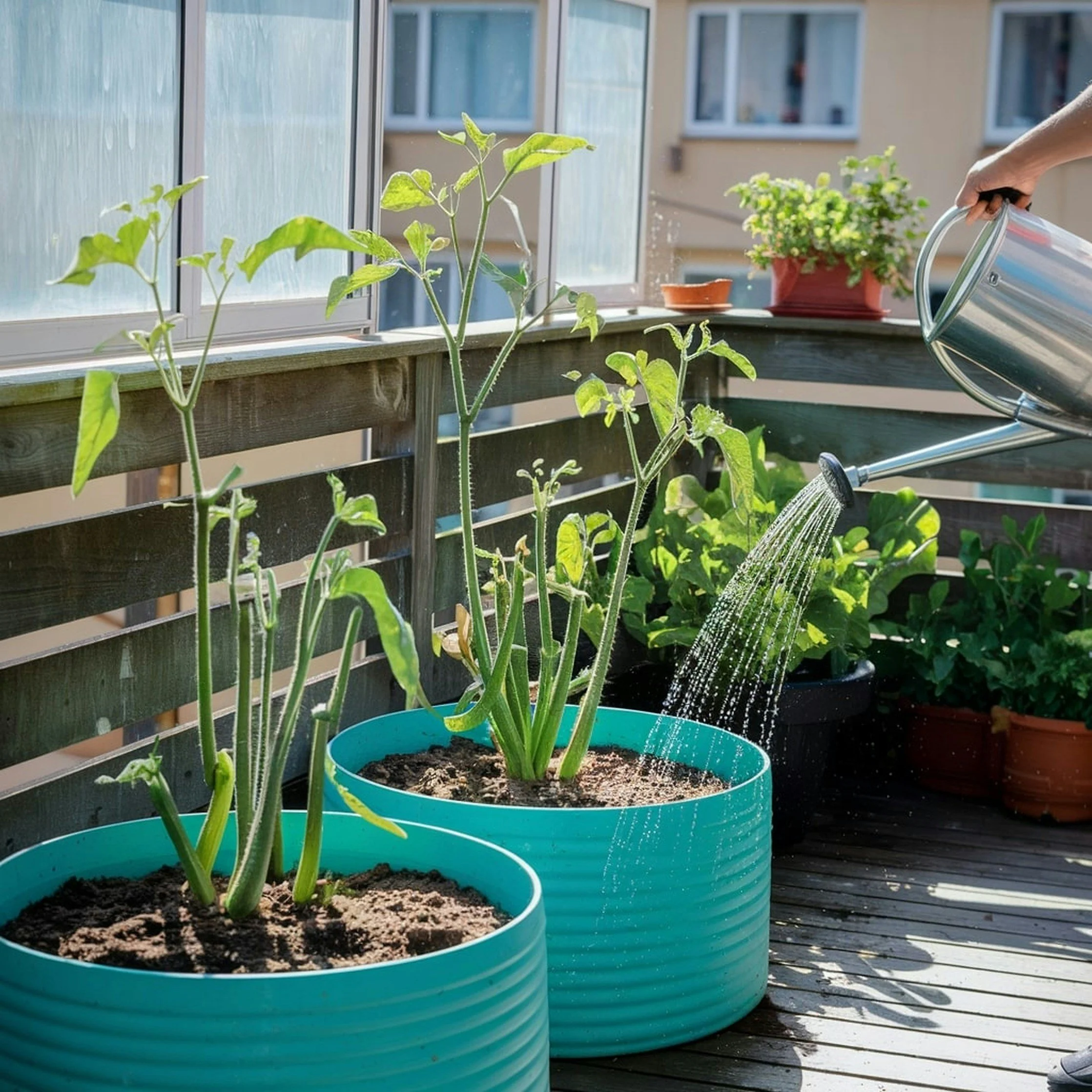
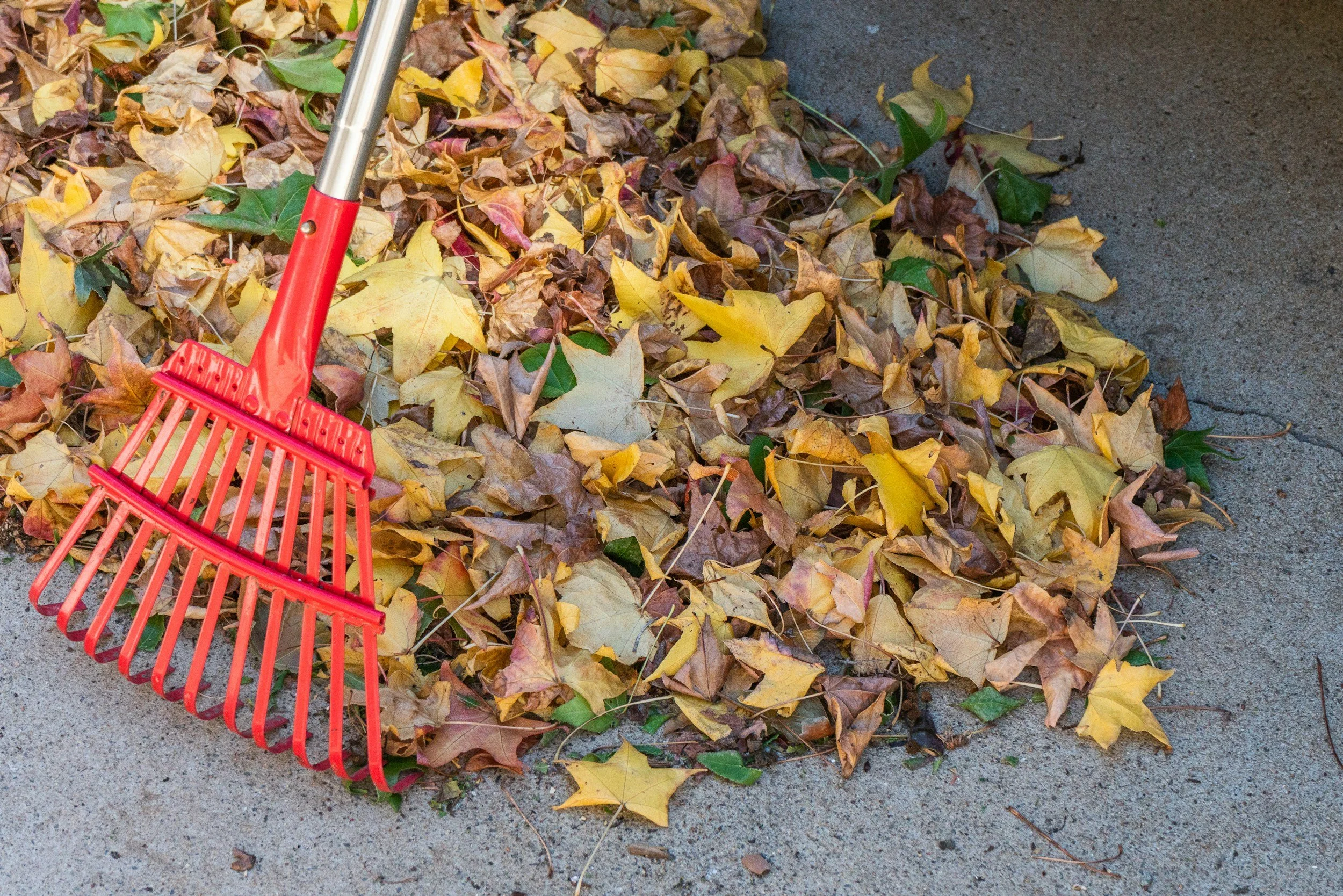








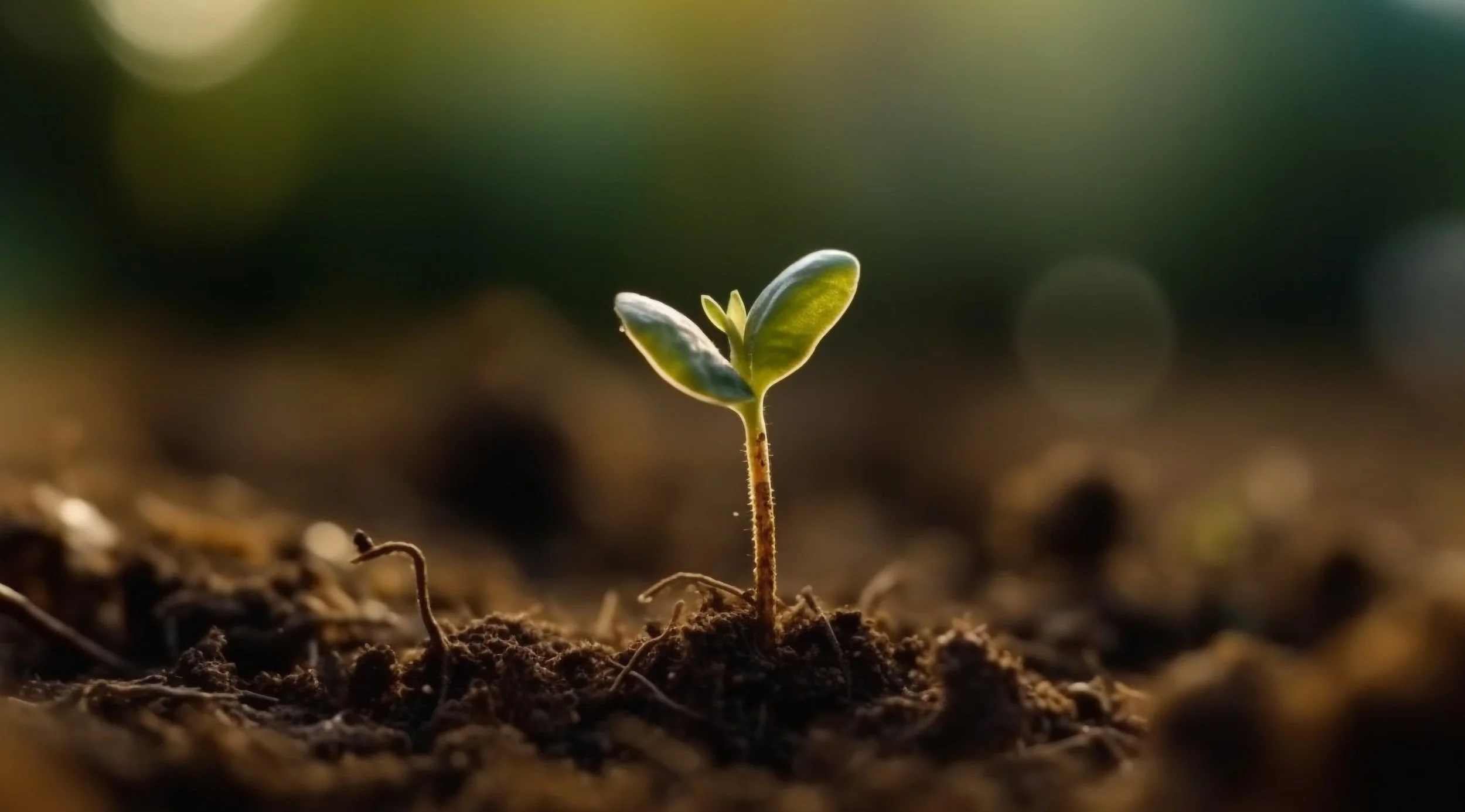



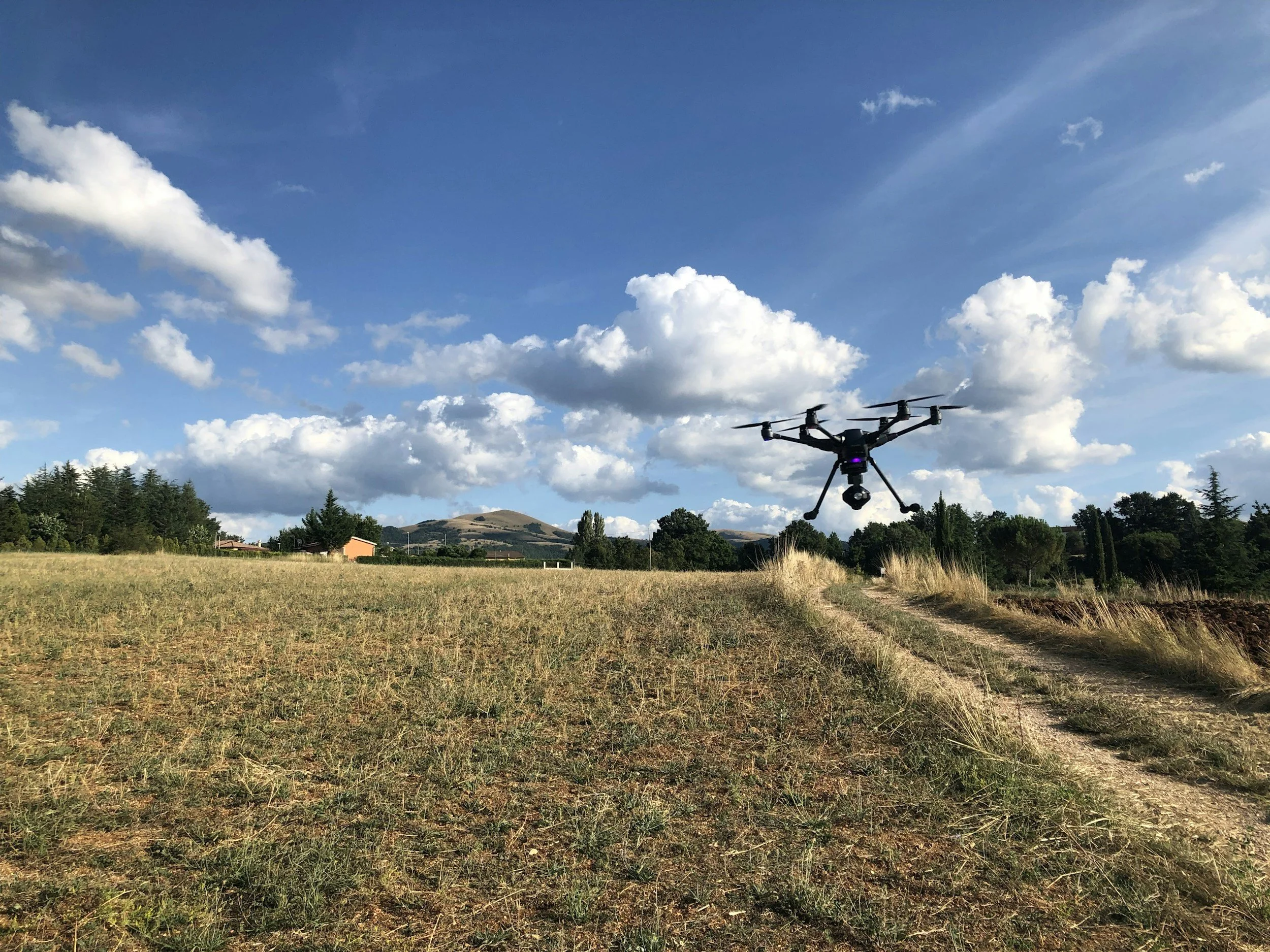




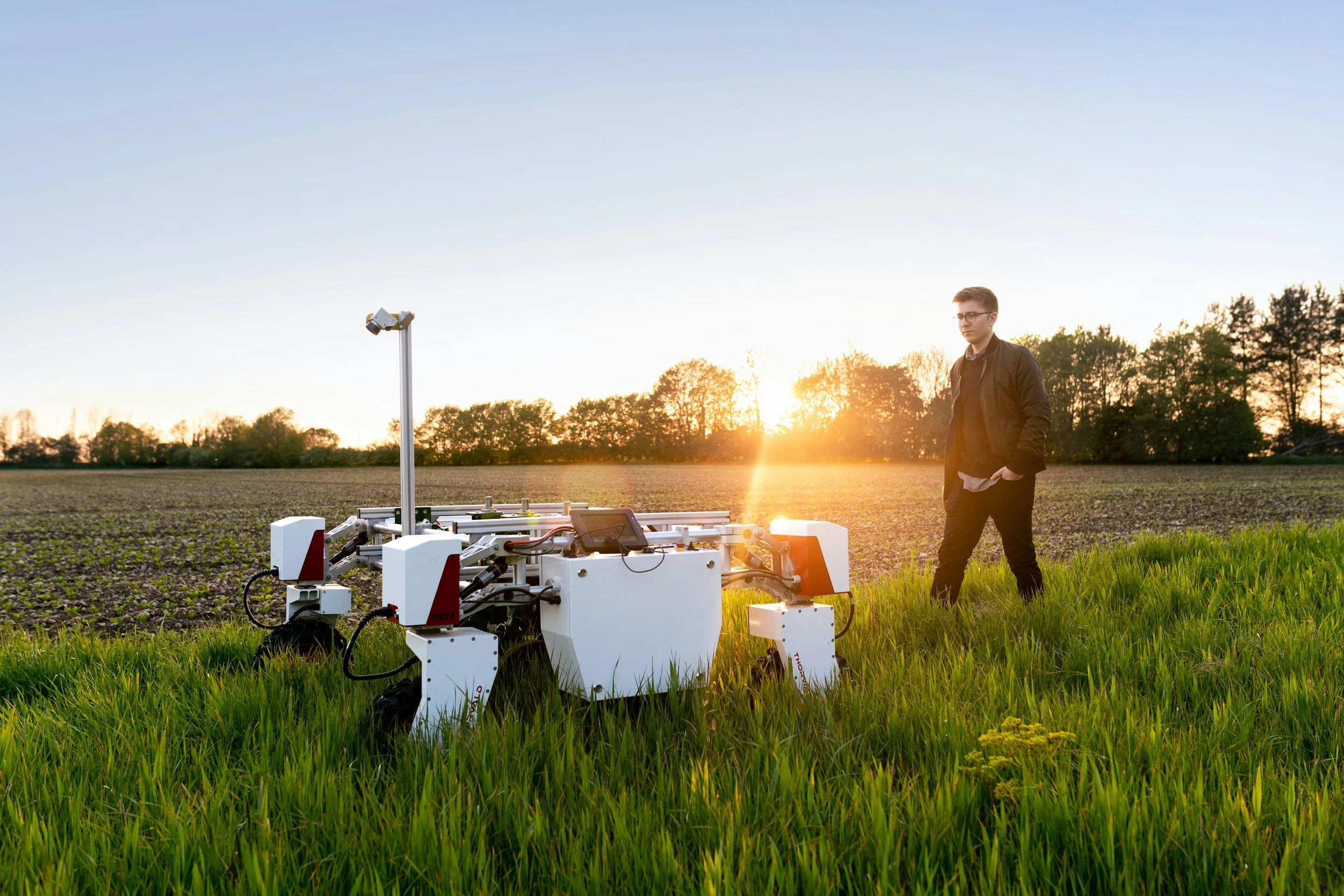




With commercially-grown vegetables becoming increasingly subject to contamination by synthetic pesticide residue and deadly bacteria, finding quality produce is becoming more of a challenge. Part of the problem with commercial production are the monopolies by big food companies, which threaten food security and public health. A growing number of people have begun to see growing and harvesting their own vegetables as a way to reduce their exposure to these contaminants and exercise greater self-reliance.